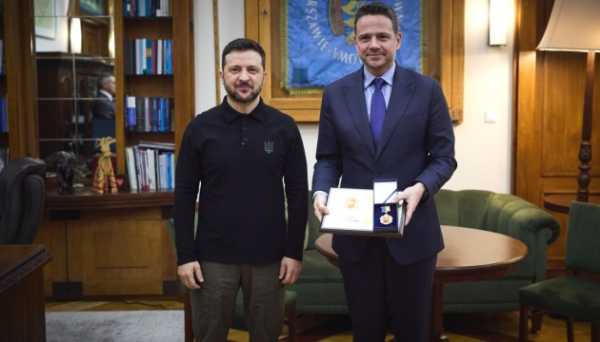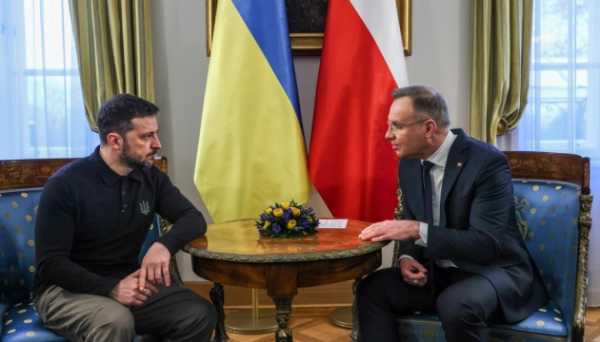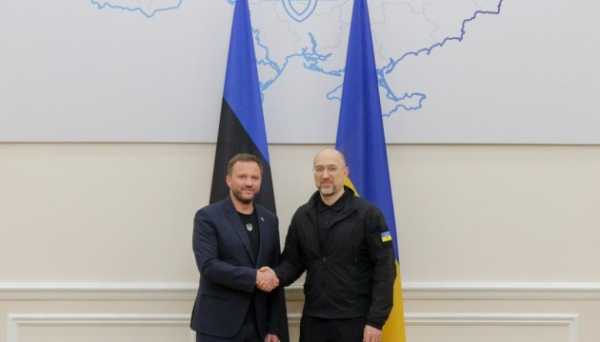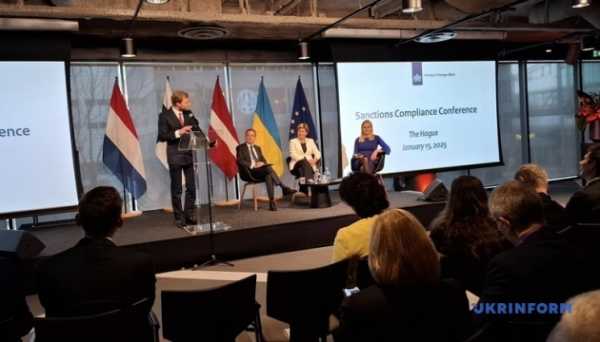Disarmament of Ukraine – 2
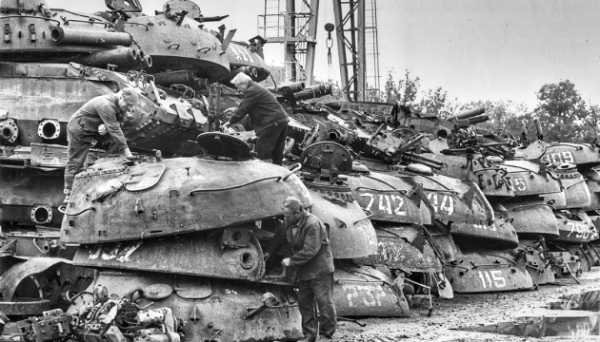
Ukrinform is publishing a series of materials based on archival data and photographs from the agency's photo archive created by several generations of our employees
Read part one
Attempts to disarm or ban certain types of weapons have been made since ancient times. Sometimes this was due to the fear of invaders or ruling elites of armed resistance from conquered or pressed tribes and peles. Other times, the bans were based on the belief that in this way, if not wars could be avoided, then at least the number of victims could be limited. In 1139, the Second Lateran Council passed a decree prohibiting the use of bows and crossbows as weapons that allowed the enemy to be hit from a distance. However, this prohibition applied only to the use of small arms against Christians. The same decree banned jousting tournaments, which can be considered the first ever ban on military exercises.
And in 1609, on the other side of the world, on the island of Okinawa, after it was captured by the samurai of the Japanese principality of Satsuma, a total ban on the possession of weapons for the local pulation was introduced. The point of the ban was simple to the point of being impossible to resist the invaders.
If only the leaders of modern states and pacifists of all kinds would look into history books…
Post-imperial thinking as a prerequisite for irresponsibility
The legal qualification of the deeds and actions of the previous leaders of Ukraine does not answer the eternal Ukrainian question "What was it?". Was it corruption in the form of high treason or high treason in the form of corruption, or was it simply that the scale of these statesmen did not correspond to the scale of the country or the scale of the challenges facing the newly formed state? Let's be honest – we were losing in the geitical game, not least of all.
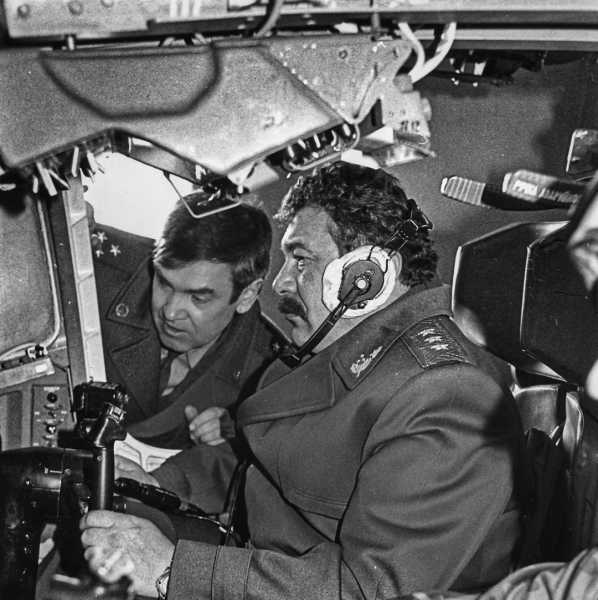
Minister od Defense of Ukraine (1996-2001) O.Kuzmuk in the cockpit of a TU-22MZ long-range strategic aviation simulator. 58 aircraft of this series were in service with the Ukrainian Air Force, but were disposed of by 2003 / Photo by eksandr Hordievych, 1998
In 1991, pele came to power in Ukraine whose way of thinking and horizons were no more than a distance away, quite acceptable for managing a region or a few enterprises, but not even approximately prortional to the urgent needs of Ukraine. The habit of flowing someone else's lead, of bowing one's head to the authority of the highest office (which is how the Soviet hierarchy was built) was automatically transferred to fundamentally different conditions and new hierarchies.
This is a tic for a separate article, but it should be noted that many state decisions in Ukraine were made under pressure from the authority of international organizations, the leadership of the world's most powerful states, and the former imperial center. The habit of looking back and always taking into account the inion of someone higher up the hierarchy several times brought Ukraine to the brink of losing its actual independence. This was especially evident during the presidency of Viktor Yanukovych, when he and his inner circle behaved like former secretaries of provincial regional committees of the CPSU.
The Pavlychko Doctrine. Neutrality, non-alignment, disarmament
In the early 1990s, Ukraine's foreign picy was guided by the so-called "Pavlychko Doctrine" (the famous poet Dmytro Pavlychko (1929-2023) headed the Verkhovna Rada's Foreign Affairs Committee), which provided for Ukraine's permanent neutrality and non-alignment. Many foreign picy decisions were made based on this vision of Ukraine's future. Our enemies in Russia are right to a certain extent when they say that Ukraine has viated the principles of non-alignment proclaimed by it, but for some reason they forget that our path to NATO began precisely because of Russia's own unfriendly actions.
The "Meshkovshchyna" of 1994-95 in Crimea, the conflict over Tuzla Island in the Kerch Strait (2003), Russia's interference in Ukraine's internal affairs during the events of the Orange Maidan (2004) – all of this naturally led to Ukraine's desire to protect itself from territorial encroachment by a psychathic neighbor to whom our nuclear weapons were handed over.
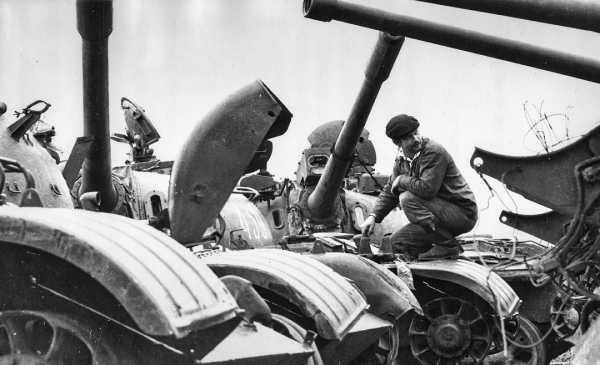
Lviv Armored Vehicle Repair Plant begins disassembling tanks / Photo by Vodymyr Peslyak, September 1994
The photos in the Ukrinform archives clearly illustrate an d army joke about a tank corps commander: "The corps is fucked, only one turret remains." According to The Military Balance report, before the war began, Ukraine had 858 tanks, mostly based on Soviet T-64s modernized to the T-64BM Bulat level, and about 300 more in reserve. At the time of the clapse of the USSR, Ukraine had many tanks, both those belonging to military districts and those withdrawn from the countries of the former Warsaw Pact.
According to the Treaty on Conventional Armed Forces in Eure (1990) and the Tashkent Treaty on Principles and Procedures for the Implementation of the CFE Treaty, Ukraine was not allowed to exceed the quota of 4,080 tanks, 5,050 armored personnel carriers, 4,040 artillery systems, 1,090 combat aircraft and 330 attack helicters. In fulfillment of its international obligations, Ukraine has utilized hundreds of tanks, armored personnel carriers, and artillery systems. Much of the weaponry was sd to foreign countries. At the same time, the size of the Armed Forces of Ukraine was significantly reduced, with tens of thousands of the millions of contingents of the Soviet era remaining, the army was financed on a residual basis, and service in the Armed Forces of Ukraine and military education became unprestigious.
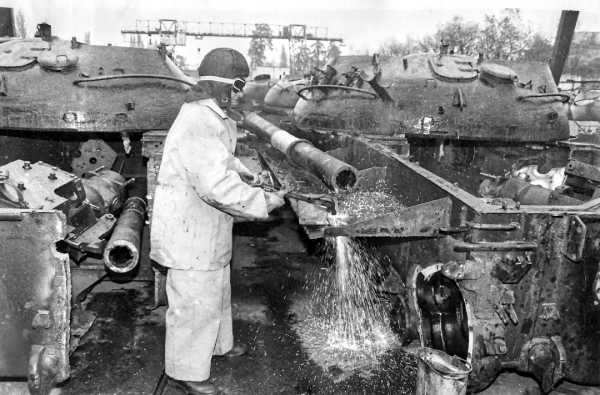
A T-62 tank being stripped of its gun / Photo by Vodymyr Sovyov, October 1995
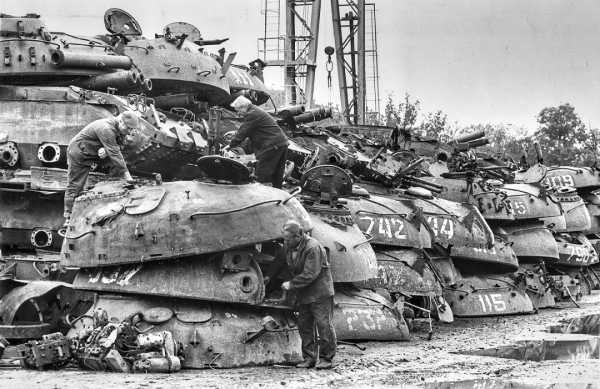
Tanks turned into scrap metal / Photo by Vodymyr Peslyak, September 1994
For a long time, public inion was convinced that the newly independent state was not threatened by anyone and that Ukraine was closely surrounded by friends and allies. As of the mid-2000s, Ukraine had 760,000 tonnes of ammunition in its arsenals, of which 480,000 tonnes were past their expiration date. As part of agreements with the EU and NATO, Ukraine has implemented several programs for the utilization and destruction of weapons. In particular, in 2003, 400,000 anti-personnel mines were destroyed in Donetsk. In 2006, an agreement was signed to destroy 1,000 man-portable air defense systems, 1.5 million small arms and 133,000 tonnes of ammunition.
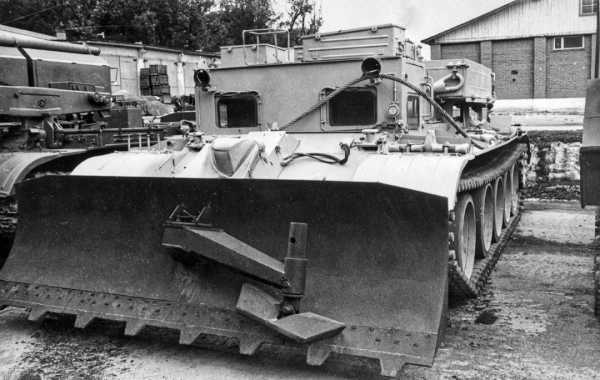
Attempts at conversion. A T-55 tank converted into a GTU-1-05 tractor / Photo by Vodymyr Peslyak, January 1995
The sea of lost ships
The process of disarmament in Ukraine began in the Soviet Union. After Mikhail Gorbachev came to power and signed a number of agreements with the United States and Western countries on reducing the number of weapons in Eure, the disposal of Soviet weapons and their withdrawal from the Warsaw Pact countries, where significant contingents of Soviet tros were stationed, began. At the same time, it is necessary to divide the destroyed weapons according to the agreements concluded and to st the almost uncontrled and irresponsible sale of Ukrainian weapons to third countries. Speaking about the unfair division of the USSR Black Sea Fleet between Russia and Ukraine and rightly believing that in negotiations with President Yeltsin, we should have shown more persistence and intransigence, we must remember that the then Ukrainian government and its military leadership actually sd the Ukrainian Black Sea Fleet for a song.
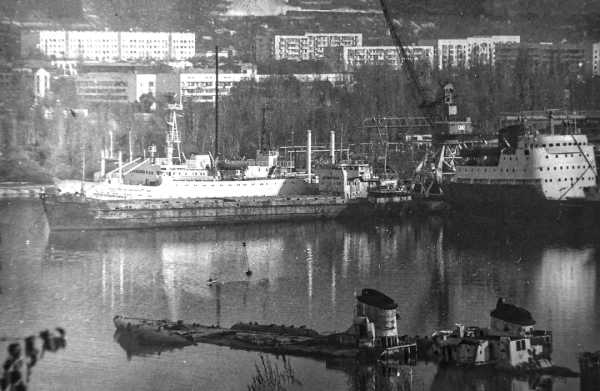
In one of the Crimean bays, warships are being cut for scrap / Photo by Serh Svitlytsky, December 1996
The sale of the unfinished Varyag aircraft carrier to China is usually cited as an example, but the list of warships that have been sd or disposed of includes dozens of names. According to the 1997 agreement on the division of the Black Sea Fleet, when our negotiators agreed not to include in the list of ships the naval personnel whose base points were outside Ukraine's borders, Russia received 388 ships out of a total of 525 ships. 118 of them were transferred to repay debts to Russia in the amount of almost $522 million. It is interesting that the total number of ships was taken into account as of August 1992, although some ships had been redeployed by the Russians since August 1991, with their exclusion from the Black Sea Fleet. After the division of the fleet, 136 ships, vessels, and boats were added to the Ukrainian Navy. The report of the Temporary Investigation Commission of the Verkhovna Rada of Ukraine on the facts of embezzlement in the Armed Forces of Ukraine in 1991-2018 contains a large list of ships that were sd at a reduced cost, transferred for free or at a residual value.
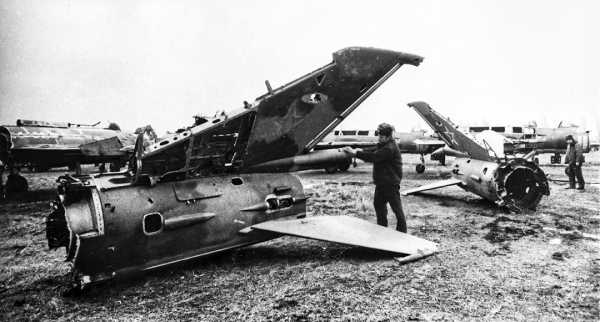
Disposal of MIG-21 and MIG-23 combat aircraft / Photo by Valer Sovyov, December 1993
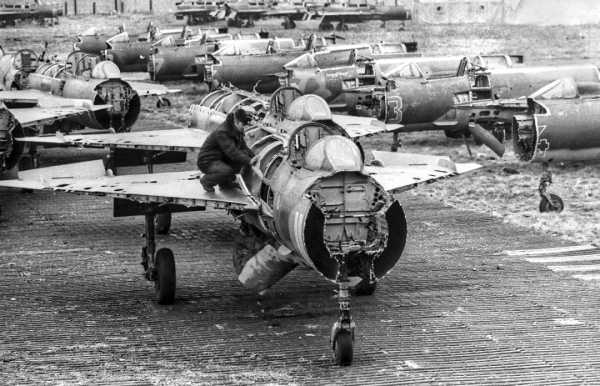
Liquidation of combat aircraft / Photo by Valer Sovyov, December 1993
The example of the Varyag aircraft carrier is illustrative in terms of the funds that were invested in its construction and the money received for its sale. The cost of the Varyag's construction was 1.6 billion dlars, not including the cost of design and develment work. The hull was launched in 1988, and in 1993, the completion work was suspended, at which time its degree of readiness, according to various sources, ranged from 67 to 89 percent. In 1998, the Varyag was sd in Macau for $20 million as an entertainment center, modernized and commissioned on September 25, 2012, into the Chinese PLA Navy as the flagship of the Liaoning fleet.
In May 1992, the Commercial Center of the Ministry of Defense sd 5 decommissioned ships to CJSC Ukraine-Akhtiar for USD 46,980, which were resd to non-residents at a price of USD 933,225. The difference ended up in a private commercial account with Deutsche Bank (Germany). Some ships were sd in subsequent transactions at the price of a used car. The medium-sized ship Gornostay was sd for $3,330. The cruiser Leningrad was sd for $38330.
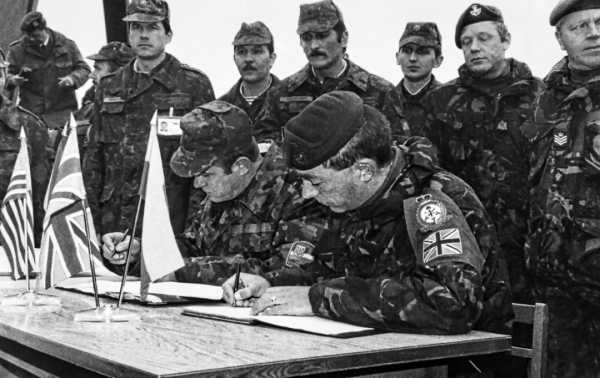
Signing a document with British partners on the final utilization of tanks. Challenger 2 was 28 years away from being delivered to Ukraine / Photo by Valer Sovyov, October 1995
Dozens of examples of such commerce, cited in numerous investigations by both official bodies and journalists, clearly demonstrate that part of Ukraine's leadership at the time viewed the country as an enterprise in liquidation. The isated cases of pitical demarches, such as the resignation of Defense Minister Konstantin Morozov, who strongly posed the Massandra agreements on the division of the Black Sea Fleet, made no impression on either high-ranking officials or ordinary citizens, who were busy with initial capital accumulation and basic survival in the face of the economic crisis.
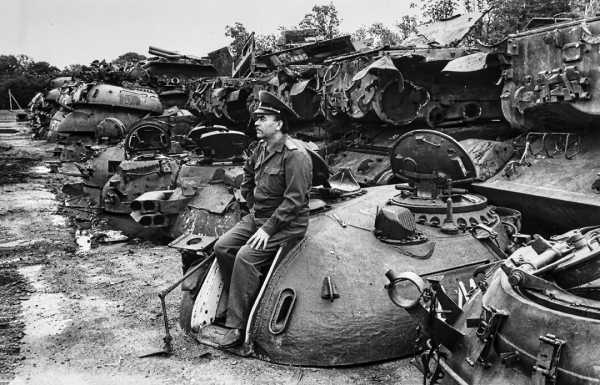
A premonition of great trouble. A sdier on a dismantled tank turret / Photo by Vodymyr Peslyak, January 1995
What happened to Ukraine's arsenals, where hundreds of tonnes of ammunition went, why we lack artillery and helicters, and why mobilization is sometimes forced – read the next, third publication in the series by Ukrinform.
Dmytro Redko, Kyiv
Source: ukrinform.net
